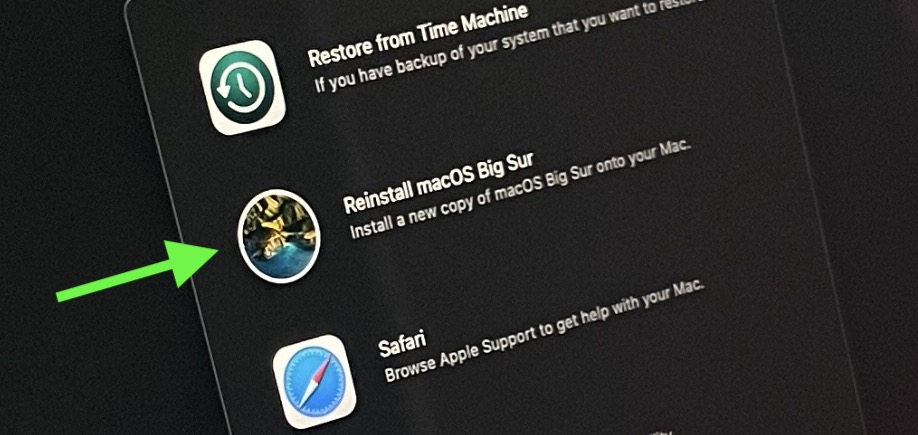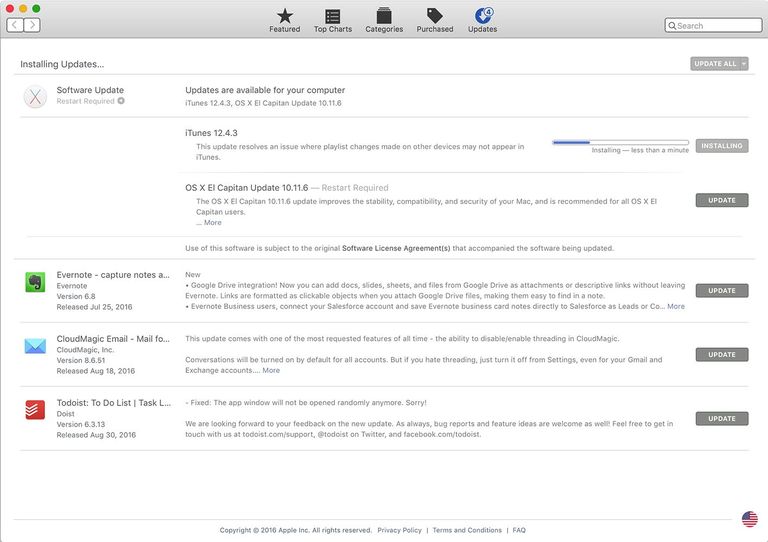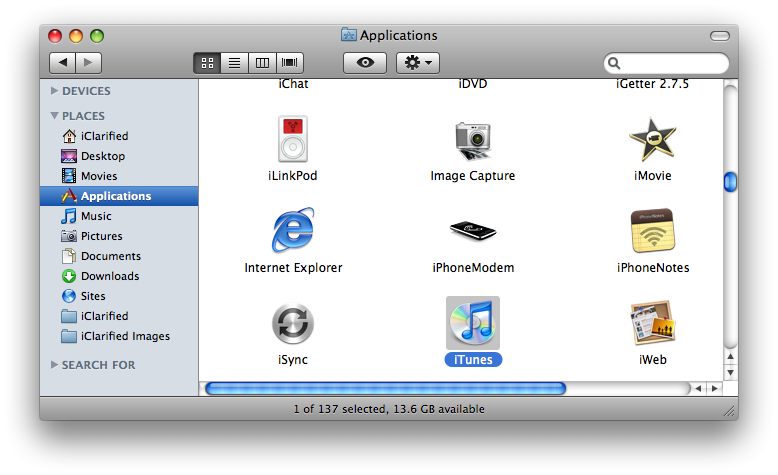Reinstalling Itunes On Mac
You can share assets with collaborators who are using Affinity Designer, by exporting and importing asset categories. The Assets panel is hidden by default. It can be switched on via ViewStudio when working in Designer or Pixel Persona. To create a new assets category: On the Assets panel, click Panel Preferences and choose Create New Category. Affinity designer asset library.

- Mar 03, 2021 If you update your Mac to macOS Catalina or later, you can access your iTunes media library in the Apple Music app, Apple TV app, Apple Books app, and Apple Podcasts app. To manually back up, restore, or sync your iPhone, iPad, or iPod touch, use Finder.
- The instructions on the Apple Support site for removing and reinstalling iTunes on a PC running Windows 7 or Windows 8 exclude one other Apple program you have to uninstall: iCloud.
- Copy or move the iTunes directory to a folder or drive where you want to save the backup. Reinstall iTunes. Now that you have backed up your iTunes library, you can uninstall iTunes from your computer and start a fresh installation. Open Control Panel on Windows, click Uninstall a program, locate iTunes and click Uninstall button.


This guide will take you step by step through the process of getting iTunes to work on a Mac running macOS Catalina (10.15).
While plenty of people are glad iTunes is gone, that doesn’t mean everyone is happy about it. Using the free and open source app Retroactive, getting iTunes back on your Mac is a breeze. Note: this amazing app also allows you to install Aperture and iPhoto in macOS Catalina.

- Head over to the Retroactive home page and click the large Click to download the Retroactive app link.
- After you’ve opened and extracted the contents of the .zip file, instead of double-clicking the app to run it, right-click (or ctrl + click) it.
- Select Open from the context menu.
- In all likelihood, an error message will appear. Don’t fret, just click OK
- Right-click the app again and select Open
- This time the error message should include an Open button – click it.
- Select iTunes – you can re-run the app and install Aperture or iPhoto later if you’d like.
- Choose the version of iTunes you’d like to install and then click Continue
- Before the installation can start you’ll need to authenticate, so click the Authenticate button.
- Enter the same username and password you use to sign into your Mac and click OK
- Now you may want to go grab yourself a cup of tea or coffee – this is probably going to take a while.
- Before the installation can finish you’ll need to authenticate yet again.
- Finally! Click the Launch iTunes button.
- Ta-da! Now you have iTunes up and running on your Mac again :)
- Going forward you can launch iTunes from your Applications folder the same way you used to.
Reinstall Itunes Mac El Capitan
Reinstalling iTunes is as easy as launching Mac App Store and checking the Software Update tab. Software Update will automatically scan your computer for missing components, such as iTunes, and try to restore them. The latest version of iTunes, which is version 12.9, comes installed with macOS Mojave, and there is no standalone installer for it. Mortal kombatwatermelon gaming. Sourcesthe biography of bernie mac.
Reinstall Itunes
